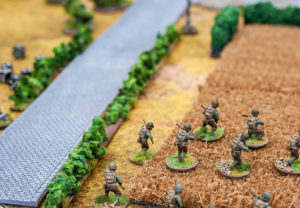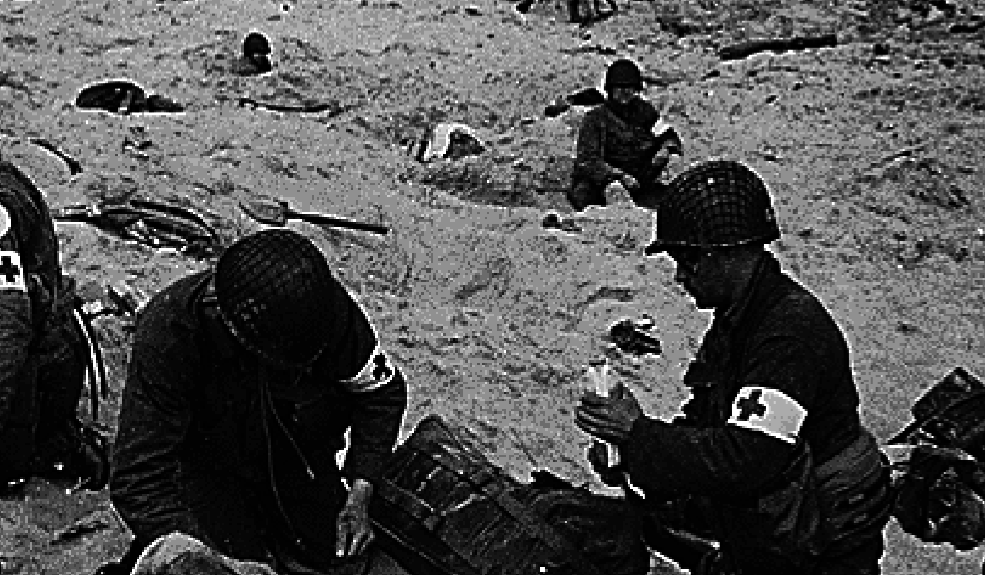After reading this story, you’ll never look at a sponge in the sink quite the same way again.
Sometime in 2015, in the Middle East, a soldier was shot in the leg by an enemy’s bullet. From the outset, it looked grave, and it didn’t appear the coalition warrior (working alongside the United States military) was going to live. Until the surgical team reached for a groundbreaking new tool — XStat-30, essentially tiny sponges pictured in the photograph below — stemmed the bleeding, and saved the operator’s life.
Here’s more from Army Times:
After arriving at the forward operating base, the surgical team removed the tourniquet applied in the field, [XStat VP Will] Fox said. They had were having extreme difficulty trying to stop the bleeding where the bone-shattering bullet had created a cavity, or a deficit wound. They tried to cauterize the wound, insert bone wax (a wax used to control bleeding from bone surfaces during surgery) and they tried to stuff it with gauze; none of these measures stabilized the patient, Fox said.
XStat consists of a pocket-sized syringe-like device full of 92 disc-shaped sponges made of special sterile cellulose and coated with chitosan, a clotting agent. Sponges expand to about 10 times their size, providing hemostatic pressure and blocking blood flow. That gives doctors time to make repairs before the patient bleeds out. XStat sponges can be removed incrementally, and each has a marker visible by X-Ray to ensure none gets left behind.
Currently, packets of the sponges cost several hundred dollars each and last for about three years. They’re specifically being used as a “last resort” tool for doctors who can’t apply a tourniquet due to the area of the body injured or other factors.
It recently garnered full FDA approval, opening the door for local EMS to use its powers in dire life-and-death emergencies as well.





































